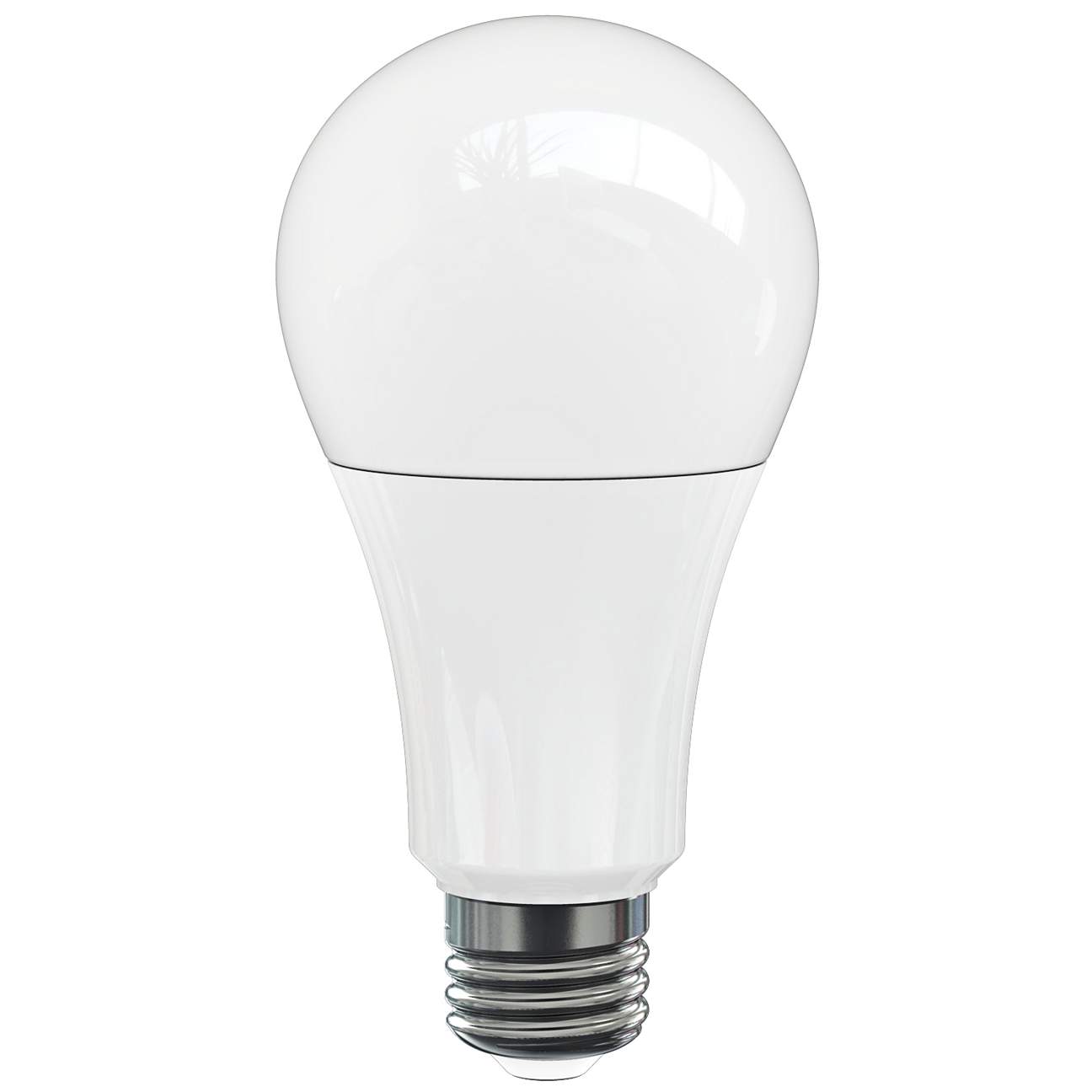

Articles
How Bright Is A 6-Watt LED Bulb
Modified: February 26, 2024
Discover the brightness of a 6 watt LED bulb in our informative articles. Learn how this energy-efficient lighting option can illuminate your space effectively.
(Many of the links in this article redirect to a specific reviewed product. Your purchase of these products through affiliate links helps to generate commission for Storables.com, at no extra cost. Learn more)
Introduction
Welcome to the world of LED lighting, where energy efficiency, longevity, and brightness combine to create a lighting solution that revolutionizes our homes and workplaces. In the quest to find the perfect bulb, one question that often arises is: “How bright is a 6 Watt LED bulb?” In this article, we will delve into the intricacies of LED lighting and explore the factors that determine the brightness of a 6 Watt LED bulb.
Before we delve into the details, let’s take a moment to understand the concept of wattage and lumens. Wattage represents the power consumption of a bulb, while lumens measure the amount of visible light produced by a bulb. In traditional incandescent bulbs, higher wattage usually translates to a brighter light output. However, the advent of LED technology has disrupted this traditional notion.
LEDs, or Light Emitting Diodes, are renowned for their energy efficiency. They require significantly lower wattage to produce the same amount of light as traditional bulbs. This means that a 6 Watt LED bulb can provide the same brightness as a higher wattage incandescent bulb while consuming much less energy.
Now, let’s discuss the brightness of a 6 Watt LED bulb. The brightness of an LED bulb is typically measured in lumens. Lumens determine the amount of light that is emitted from a bulb. While there is no direct correlation between wattage and lumens for LED bulbs, we can still determine the brightness based on industry standards and comparisons.
Key Takeaways:
- LED technology offers a 6 Watt bulb that matches the brightness of a 40-50 Watt incandescent bulb, providing substantial energy savings and a longer lifespan, making it a sustainable and cost-effective lighting option.
- Factors such as LED chip quality, design, and driver circuitry impact the brightness of a 6 Watt LED bulb, offering versatile lighting options with excellent color rendering and dimming capabilities.
Read more: How Many Lumens In A 100-Watt LED Bulb
Understanding wattage and lumens
When it comes to choosing the right light bulb for your needs, it’s important to understand the difference between wattage and lumens. Wattage refers to the amount of power that a bulb consumes, while lumens measure the brightness or light output of a bulb.
In the past, the brightness of a bulb was directly related to its wattage. Higher wattage bulbs were generally brighter because they consumed more energy. However, with the introduction of LED technology, this relationship has changed.
LED bulbs are much more energy-efficient than traditional incandescent bulbs. They use significantly less wattage to produce the same amount of light. In fact, a 6 Watt LED bulb can produce the same brightness as a 40 or 50 Watt incandescent bulb.
So, how do we measure the brightness of an LED bulb? The answer lies in lumens. Lumens are used to quantify the amount of light that a bulb emits. The higher the lumen rating, the brighter the bulb.
For example, a typical 6 Watt LED bulb may produce around 450-500 lumens of light. This brightness is roughly equivalent to the light output of a 40 Watt incandescent bulb. By using fewer watts, an LED bulb can achieve the same level of brightness, resulting in significant energy savings.
It’s also worth noting that the color temperature of an LED bulb can affect its perceived brightness. LED bulbs come in various color temperatures, ranging from warm white to cool white. A warmer color temperature (around 2700-3000 Kelvin) can create a cozy and ambient atmosphere, while a cooler color temperature (around 5000-6000 Kelvin) may appear brighter and more suitable for task lighting.
When comparing LED bulbs to other types of bulbs, it’s crucial to consider their efficiency and longevity. LED bulbs not only offer superior brightness per watt but also have a much longer lifespan compared to incandescent or CFL bulbs. This means you’ll save not only on energy costs but also on frequent bulb replacements.
Now that we have a better understanding of wattage, lumens, and how they relate to LED bulbs, let’s explore the specific brightness of a 6 Watt LED bulb and the factors that can impact it.
The brightness of a 6 Watt LED bulb
When it comes to determining the brightness of a 6 Watt LED bulb, there are a few factors to consider. While wattage alone may not provide an accurate indication of brightness for LED bulbs, we can still make some generalizations based on industry standards and comparisons.
On average, a 6 Watt LED bulb can produce around 450-500 lumens of light. This is comparable to the light output of a 40 or 50 Watt incandescent bulb. Keep in mind that this is just a rough estimate, as the specific lumen output can vary depending on the manufacturer and the design of the bulb.
It’s important to note that the brightness of an LED bulb is not solely determined by wattage or lumens. There are other factors that can impact its brightness, such as the quality of the LEDs used, the design of the bulb, and the efficiency of the driver circuitry.
The quality of the LEDs used in the bulb plays a significant role in determining its brightness. LEDs are available in various qualities, and those with higher quality tend to produce brighter and more consistent light. Look for LED bulbs that use reputable LED brands and have good customer reviews to ensure you’re getting a bright and reliable bulb.
The design of the LED bulb also affects its brightness. Some bulbs are designed with optics or diffusers that help distribute light evenly, resulting in a more uniform brightness. On the other hand, poorly designed bulbs may have uneven light distribution or excessive glare, which can impact the perceived brightness.
The efficiency of the driver circuitry is another crucial factor. The driver circuitry in an LED bulb regulates the voltage and current supplied to the LEDs. A high-quality driver can maximize the efficiency of the LEDs and ensure they operate at their optimal brightness. Look for LED bulbs that use advanced driver technology to ensure consistent and reliable brightness.
It’s also worth mentioning that dimmable LED bulbs may have adjustable brightness levels. If you’re using a 6 Watt LED bulb in a dimmable fixture, you can adjust the brightness to suit your needs. This flexibility allows you to create the ideal lighting atmosphere for any situation, whether it’s a bright, well-lit space for working or a cozy, dimly lit ambience for relaxation.
Ultimately, the brightness of a 6 Watt LED bulb can vary depending on multiple factors. However, as a general guideline, you can expect a 6 Watt LED bulb to provide a brightness equivalent to that of a 40 to 50 Watt incandescent bulb, while consuming significantly less energy.
Now, let’s explore the factors that can affect the brightness of an LED bulb in more detail.
When comparing the brightness of LED bulbs, look for the lumens rating rather than the wattage. A 6 watt LED bulb can range from 450 to 800 lumens, which is equivalent to a 40-60 watt incandescent bulb.
Factors affecting the brightness of an LED bulb
While the wattage and lumens of an LED bulb provide a general indication of its brightness, there are several other factors that can impact the overall light output. Understanding these factors can help you make informed decisions when choosing LED bulbs for your lighting needs.
1. LED Chip Quality: The quality of the LEDs used in the bulb plays a crucial role in determining brightness. Higher-quality LED chips tend to produce brighter and more consistent light. Look for LED bulbs that use reputable brands and have a high Color Rendering Index (CRI) to ensure optimal brightness and color accuracy.
2. Color Temperature: The color temperature of an LED bulb can affect the perceived brightness. Warmer color temperatures (around 2700-3000 Kelvin) tend to create a softer and more ambient lighting, while cooler color temperatures (around 5000-6000 Kelvin) appear brighter and more suitable for task lighting.
3. Optics and Diffusers: The design of the bulb, including the incorporation of optics or diffusers, can impact the light distribution and perceived brightness. Optics help to focus and direct the light, while diffusers ensure a more uniform light output. Well-designed bulbs with proper optical elements can enhance the brightness and uniformity of the light.
4. Efficiency of the Driver Circuitry: The driver circuitry in an LED bulb regulates the voltage and current supplied to the LEDs. A high-quality driver can maximize the efficiency of the LEDs and ensure they operate at their optimal brightness. Look for LED bulbs that use advanced driver technology to ensure consistent and reliable brightness.
5. Environmental Factors: The operating conditions of an LED bulb, such as temperature and humidity, can affect its performance and brightness. LED bulbs generally perform best within a specific temperature range. Extreme temperatures, either too hot or too cold, can lead to reduced brightness or even failure of the bulb.
6. Dimming Capability: Some LED bulbs come with dimmable features, allowing you to adjust the brightness levels according to your preference. However, it’s important to note that not all LED bulbs are dimmable, so be sure to check the product specifications if this is important to you.
It’s important to consider these factors when selecting LED bulbs, as they can significantly impact the overall brightness and performance of your lighting setup.
Now, let’s compare the brightness of a 6 Watt LED bulb to other types of bulbs and see how it stacks up.
Comparing a 6 Watt LED bulb to other bulb types
When it comes to choosing the right bulb for your lighting needs, it’s helpful to understand how a 6 Watt LED bulb stacks up against other bulb types in terms of brightness, energy efficiency, and longevity.
Let’s start by comparing the brightness. A 6 Watt LED bulb can produce a brightness equivalent to that of a 40 to 50 Watt incandescent bulb. This means that you can achieve the same level of brightness with significantly less energy consumption. Compared to incandescent bulbs, LED bulbs are far more efficient, converting more of the energy they consume into light rather than heat.
When it comes to energy efficiency, LED bulbs are the clear winners. An incandescent bulb, such as a 40 Watt bulb, converts the majority of its energy into heat rather than light. On the other hand, a 6 Watt LED bulb is designed to be highly efficient, converting a much higher percentage of energy into light. This translates to substantial energy savings over the lifespan of the bulb.
In terms of longevity, LED bulbs outshine incandescent bulbs. While incandescent bulbs typically last around 1,000 hours, LED bulbs have a significantly longer lifespan, averaging around 25,000 to 50,000 hours or more. This means that an LED bulb can last up to 25 times longer than an incandescent bulb, reducing the need for frequent replacements and saving you money in the long run.
Comparing a 6 Watt LED bulb to CFL (Compact Fluorescent Lamp) bulbs, LED bulbs still offer several advantages. While CFL bulbs are more energy-efficient than incandescent bulbs, they don’t quite match the efficiency and longevity of LED bulbs. Additionally, CFL bulbs contain small amounts of mercury, making them more challenging to dispose of properly compared to LED bulbs, which are free of hazardous materials.
Another important factor to consider is the quality of light produced by different bulb types. LED bulbs are known for their excellent color rendering ability, which means they can accurately reproduce colors. This makes them ideal for tasks that require color accuracy, such as reading or cooking. Incandescent bulbs also have good color rendering, but CFL bulbs may vary in their color quality.
When it comes to dimming capabilities, LED bulbs generally perform better than CFL bulbs. LED bulbs are compatible with a wider range of dimmer switches, allowing for adjustable brightness levels. On the other hand, CFL bulbs may have limitations when it comes to achieving smooth and consistent dimming.
In summary, a 6 Watt LED bulb surpasses other bulb types in terms of energy efficiency, longevity, and brightness. LED bulbs offer substantial energy savings, have a longer lifespan, and provide the same level of brightness as higher wattage incandescent bulbs while using significantly less power. With their excellent color rendering and dimming capabilities, LED bulbs are a versatile lighting option for any space.
Before we conclude, let’s summarize the key points we’ve discussed so far.
Read more: What Does A 6.5-Watt LED Bulb Equivalent
Conclusion
In conclusion, a 6 Watt LED bulb offers a remarkable combination of energy efficiency, brightness, and longevity. While wattage alone may not provide an accurate representation of brightness for LED bulbs, we can estimate that a 6 Watt LED bulb produces a brightness similar to a 40 to 50 Watt incandescent bulb.
LED technology has revolutionized the lighting industry by providing highly efficient lighting solutions. LED bulbs consume significantly less energy than traditional incandescent bulbs while providing comparable or even superior brightness. This translates to substantial energy savings and reduced electricity costs over the lifespan of the bulb.
Furthermore, LED bulbs have a much longer lifespan compared to incandescent bulbs. While incandescent bulbs typically last around 1,000 hours, LED bulbs can last anywhere from 25,000 to 50,000 hours or more. This longevity not only saves money on frequent bulb replacements but also reduces environmental impact by minimizing waste.
When it comes to brightness, various factors influence the overall light output of an LED bulb, including LED chip quality, design, driver circuitry, and environmental conditions. It’s important to choose LED bulbs that use high-quality LED chips, have efficient driver circuitry, and are designed to distribute light evenly for optimal brightness performance.
Comparing a 6 Watt LED bulb to other types of bulbs, LED bulbs outperform incandescent and CFL bulbs in terms of energy efficiency, longevity, and overall brightness. LED bulbs convert a higher percentage of energy into light, have a significantly longer lifespan, and offer a range of color temperatures and dimming capabilities to suit different lighting needs.
In conclusion, if you’re looking for a bright, energy-efficient, and long-lasting lighting solution, a 6 Watt LED bulb is an excellent choice. It provides ample brightness while consuming minimal energy, making it a sustainable and cost-effective lighting option for your home or workplace.
So, next time you’re in the market for bulbs, consider the benefits of a 6 Watt LED bulb and enjoy the perfect balance of brightness, efficiency, and longevity.
Frequently Asked Questions about How Bright Is A 6-Watt LED Bulb
Was this page helpful?
At Storables.com, we guarantee accurate and reliable information. Our content, validated by Expert Board Contributors, is crafted following stringent Editorial Policies. We're committed to providing you with well-researched, expert-backed insights for all your informational needs.
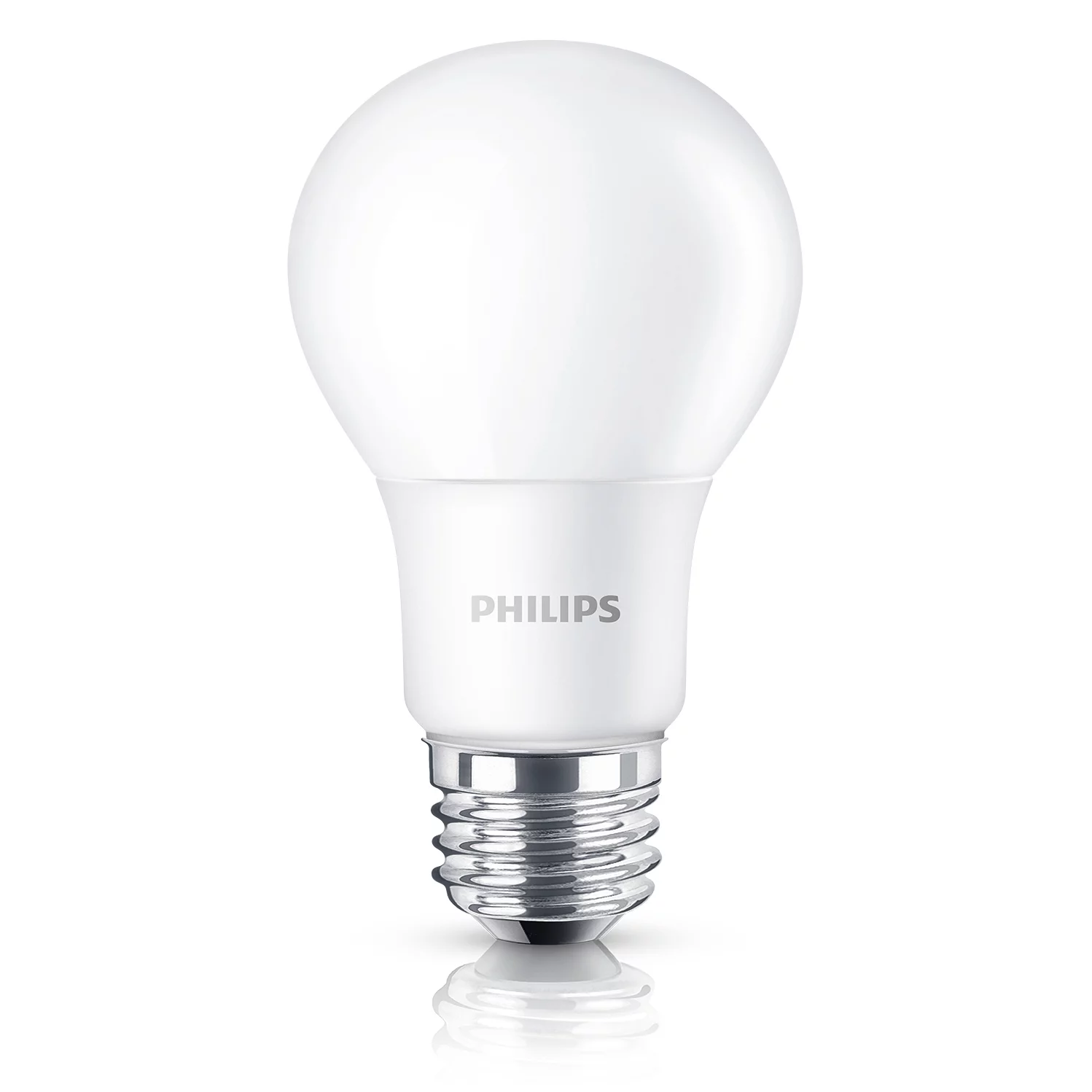
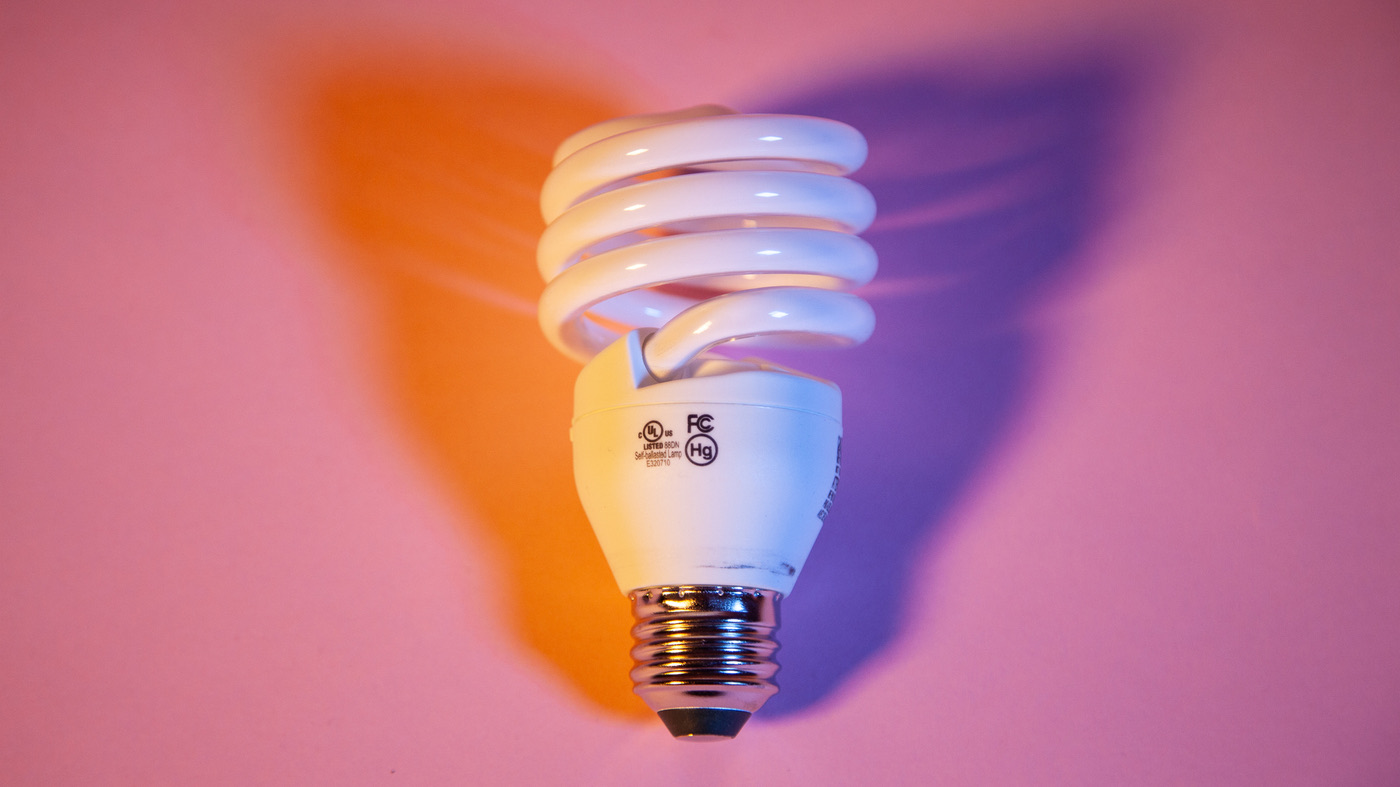
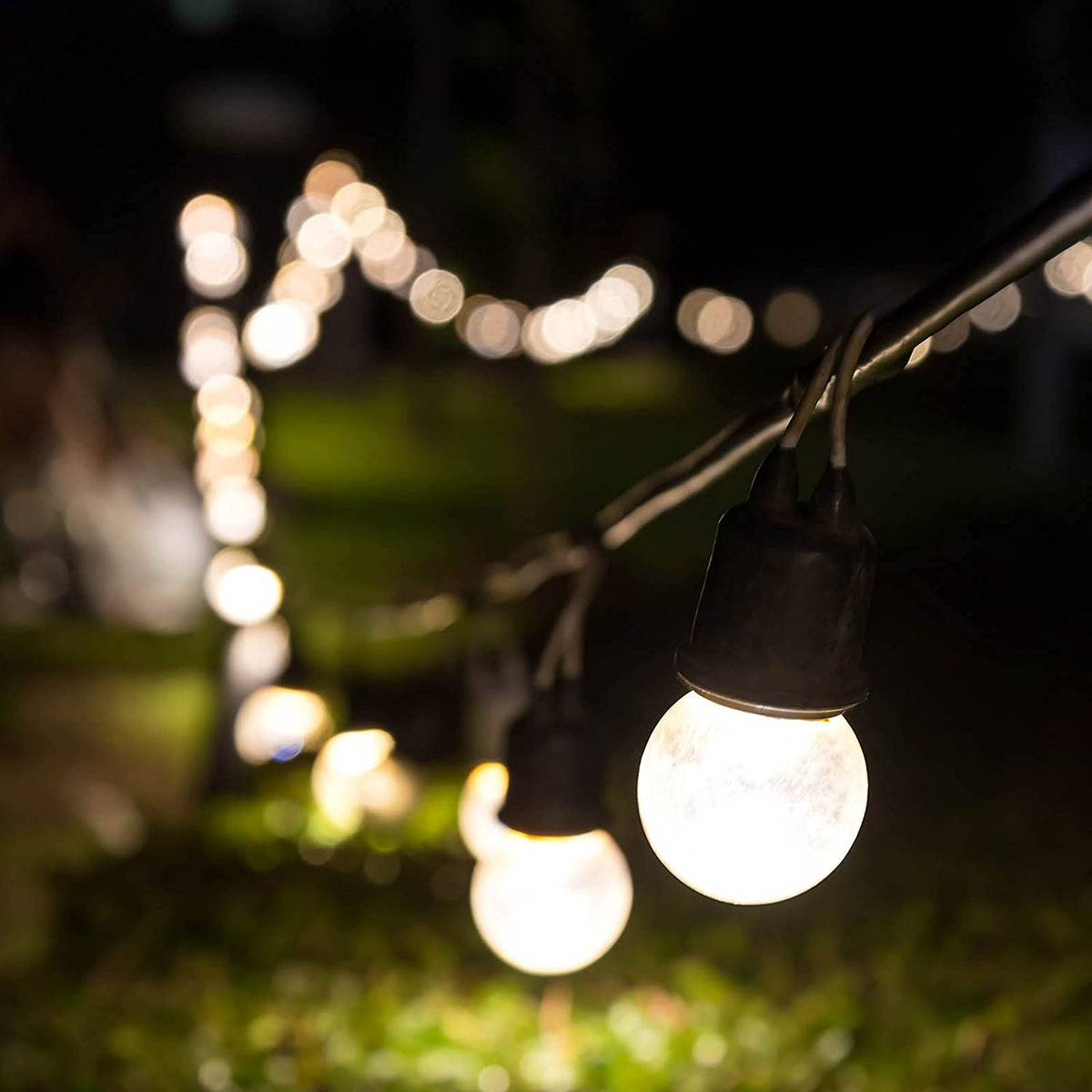
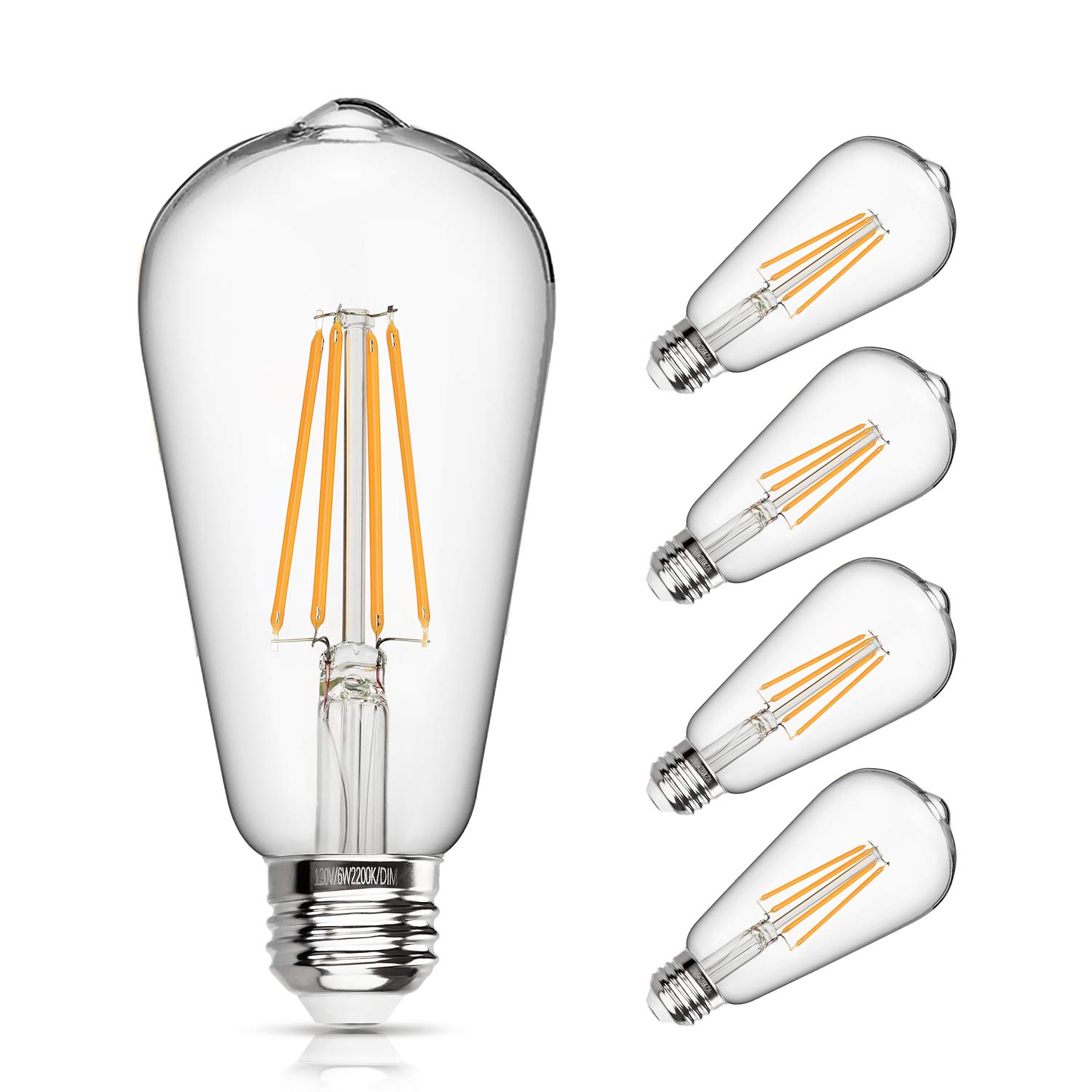
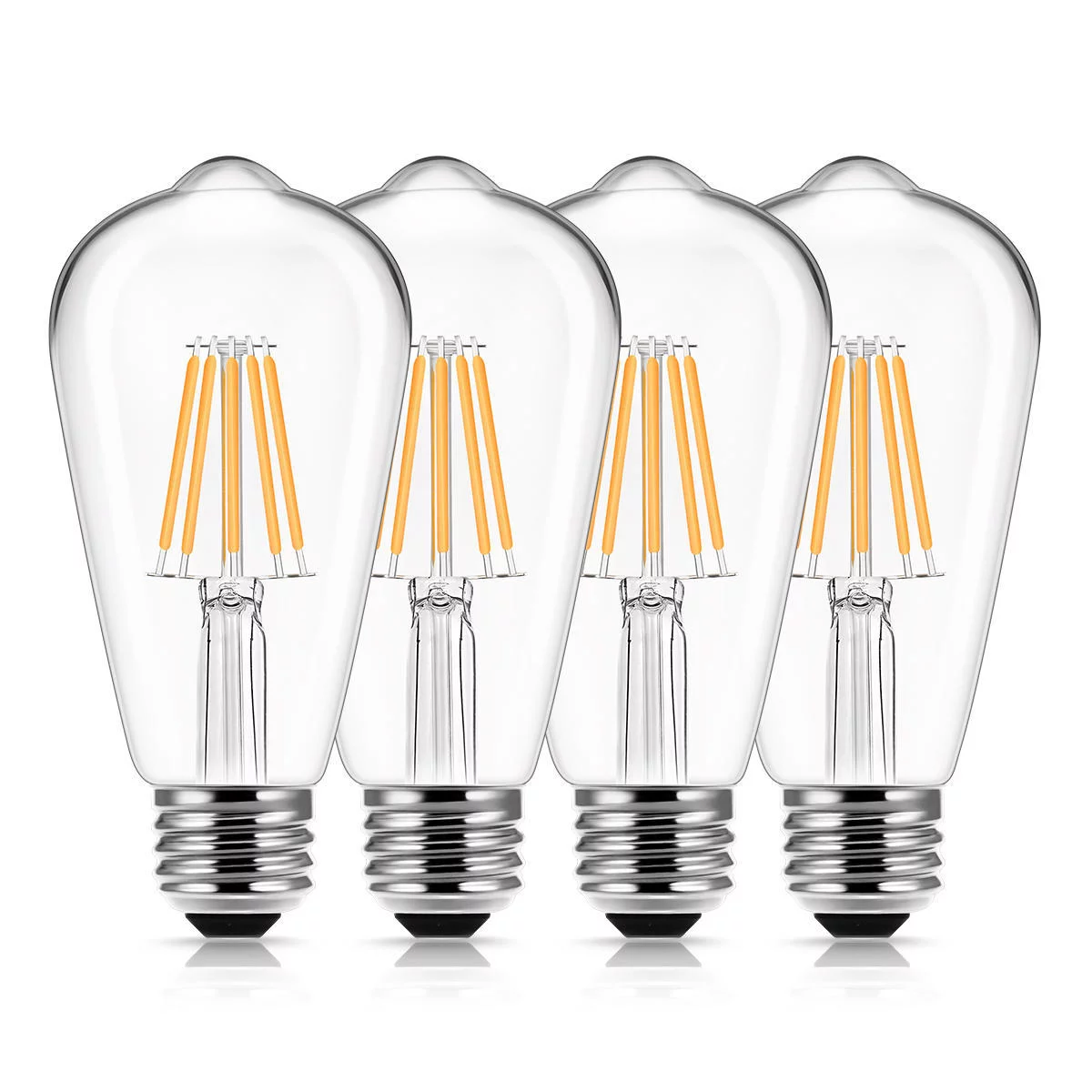
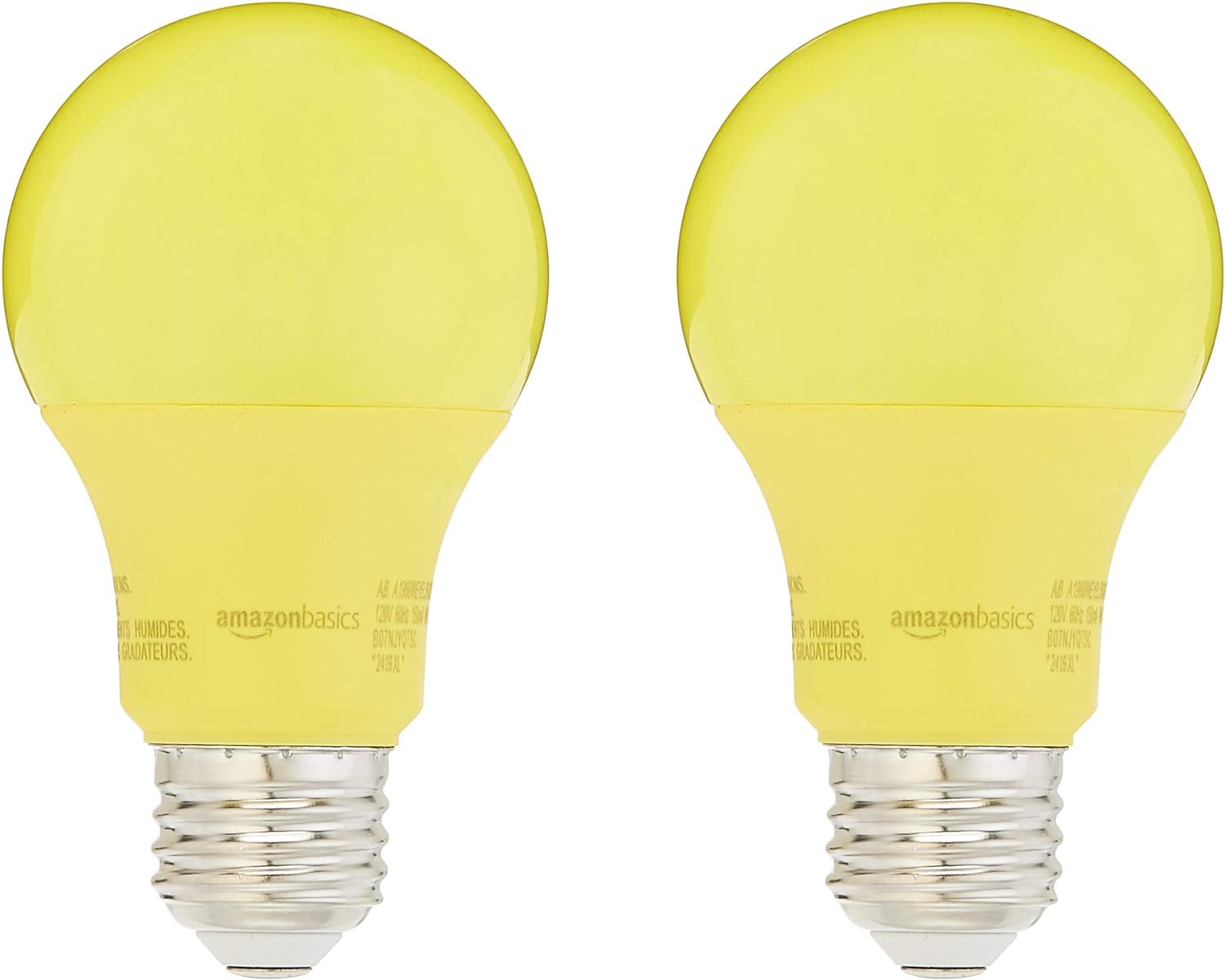
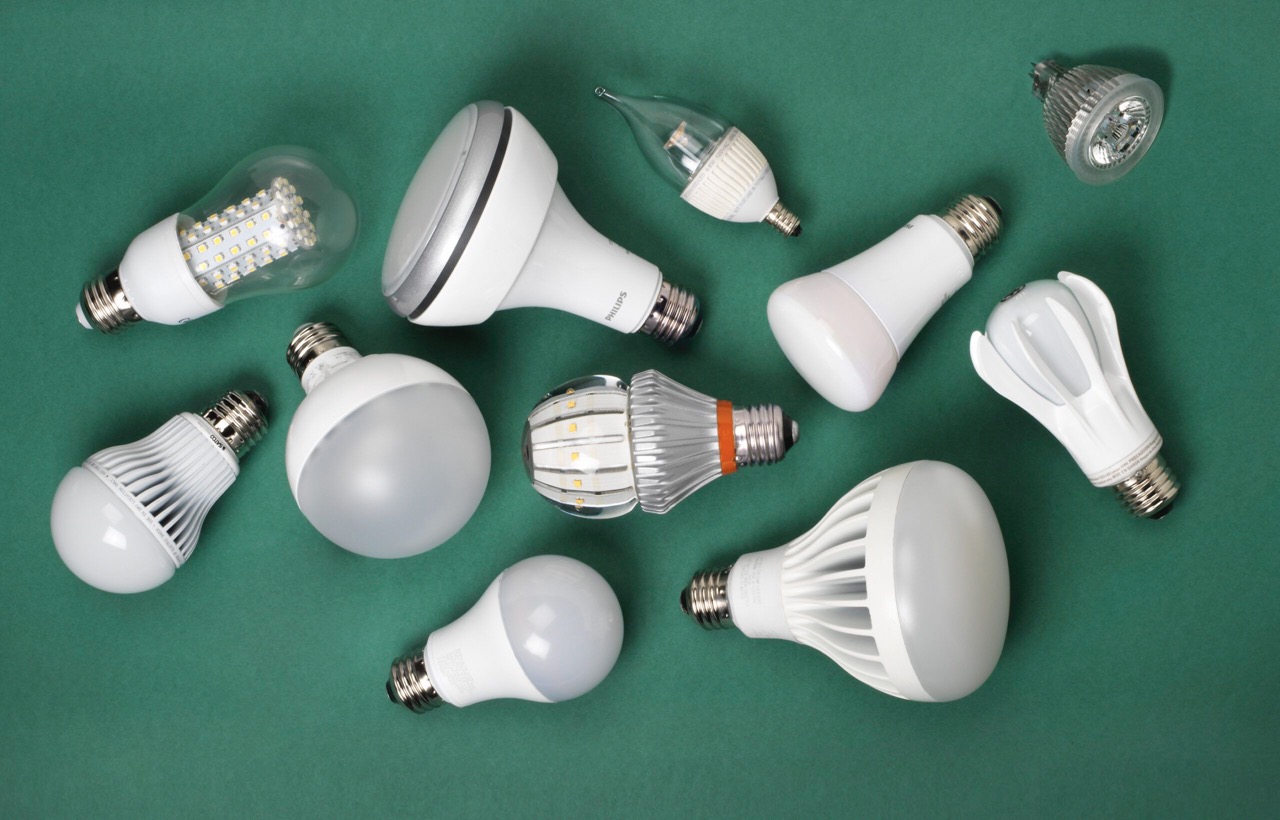
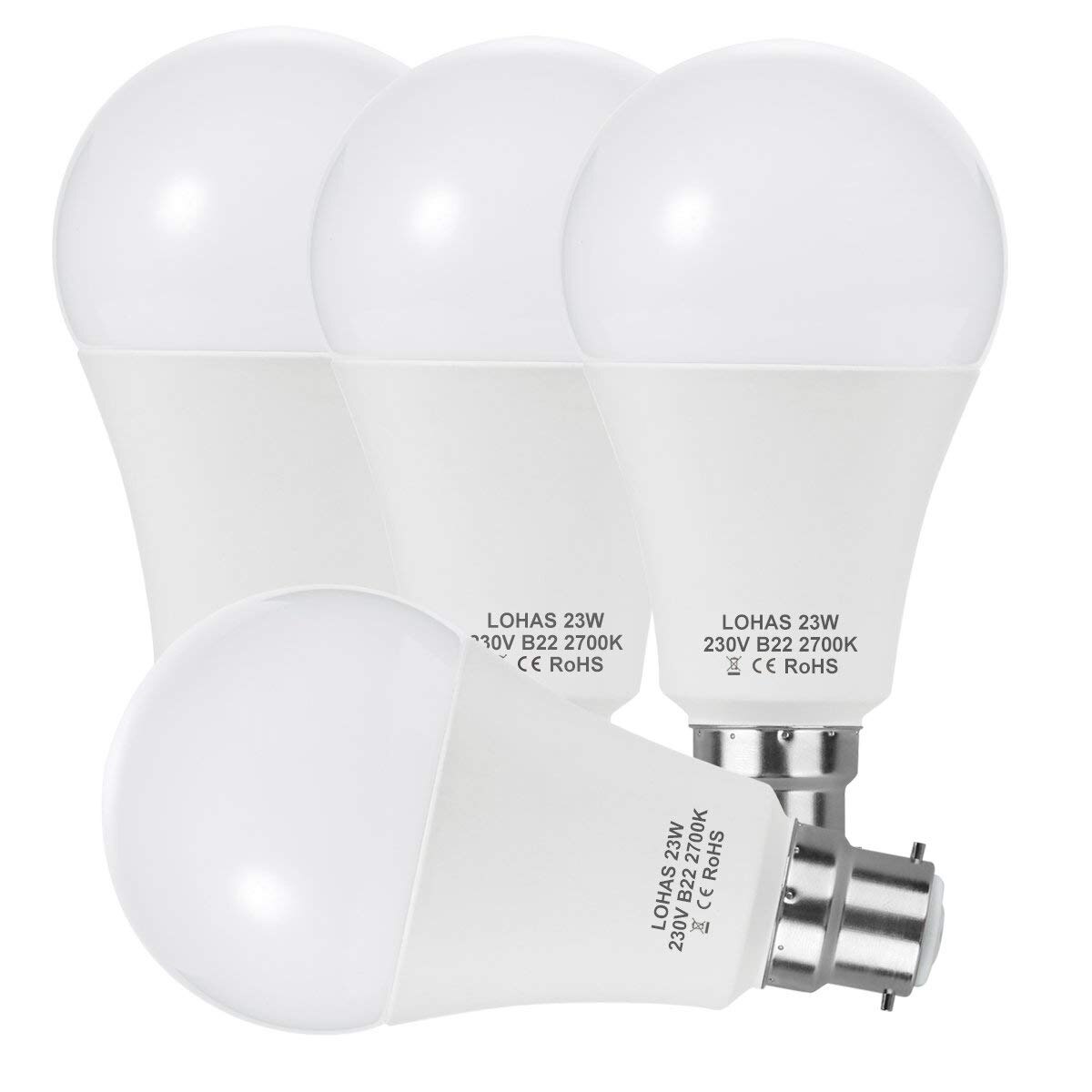
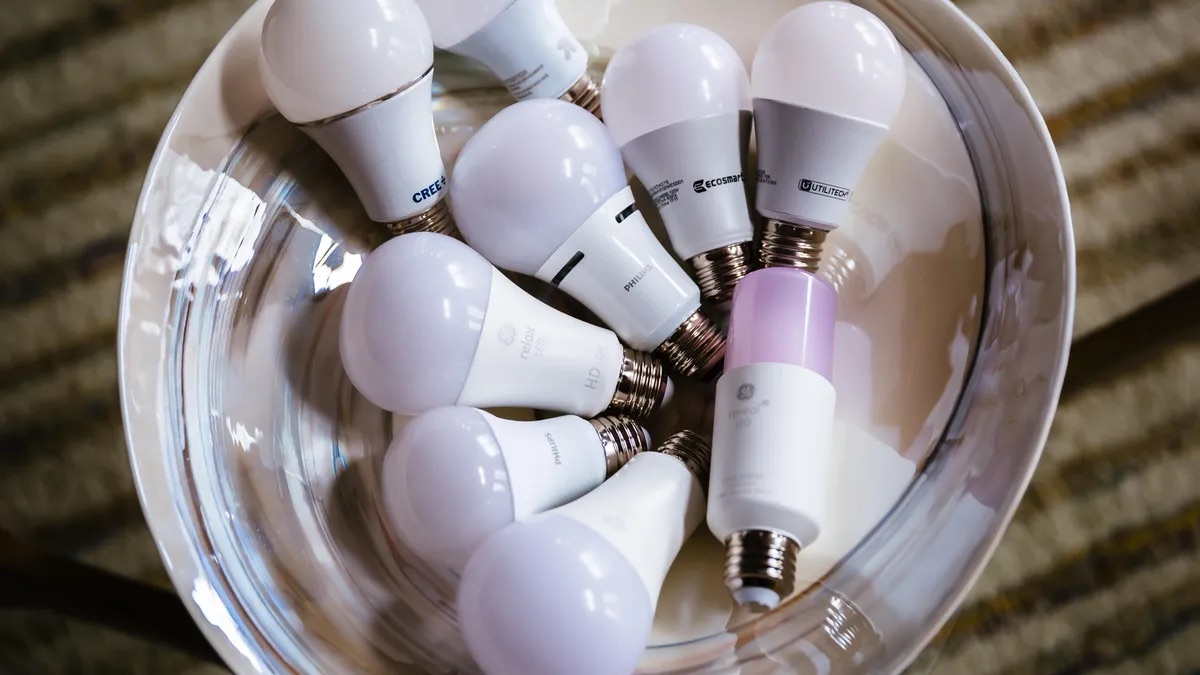
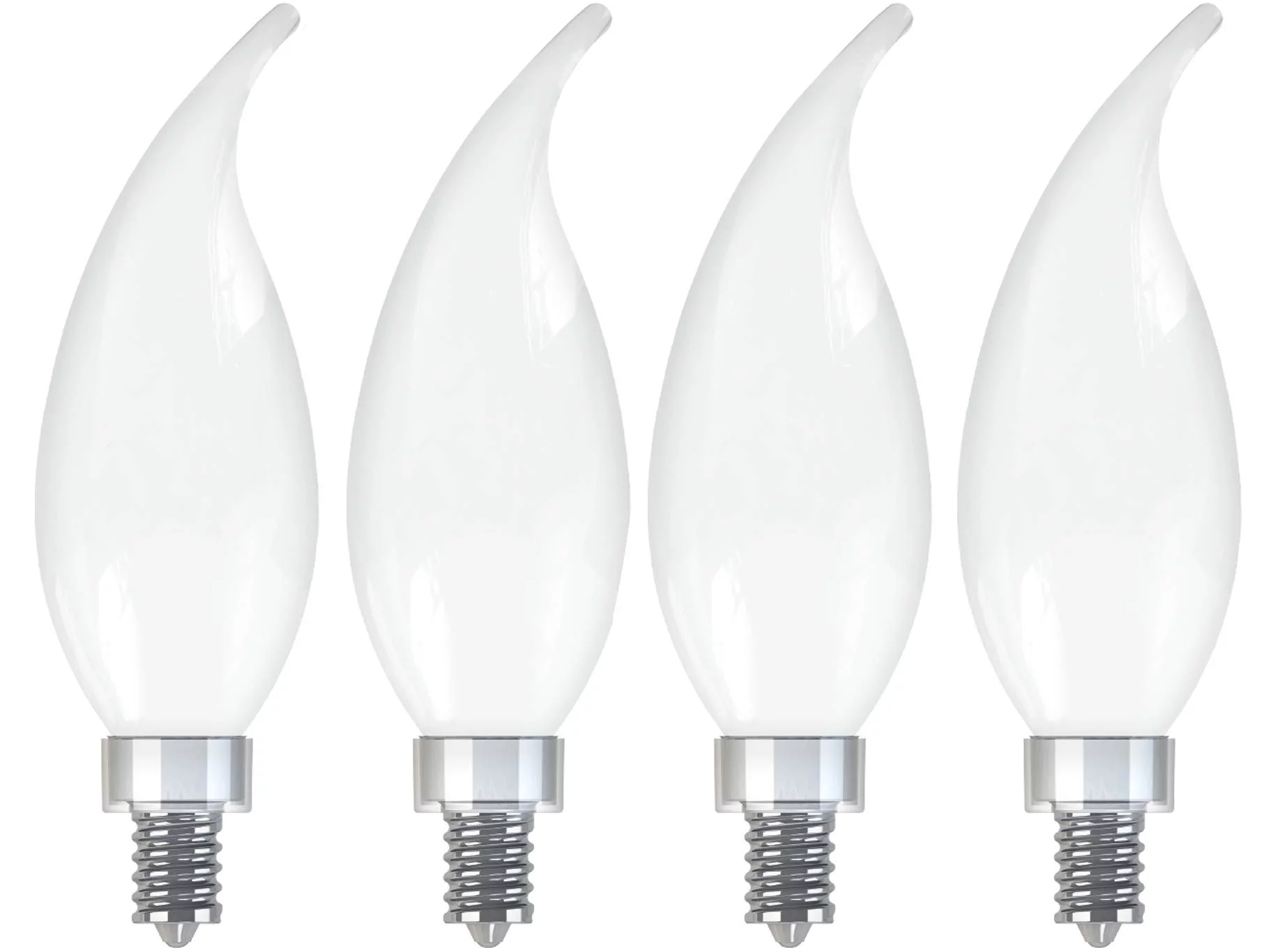
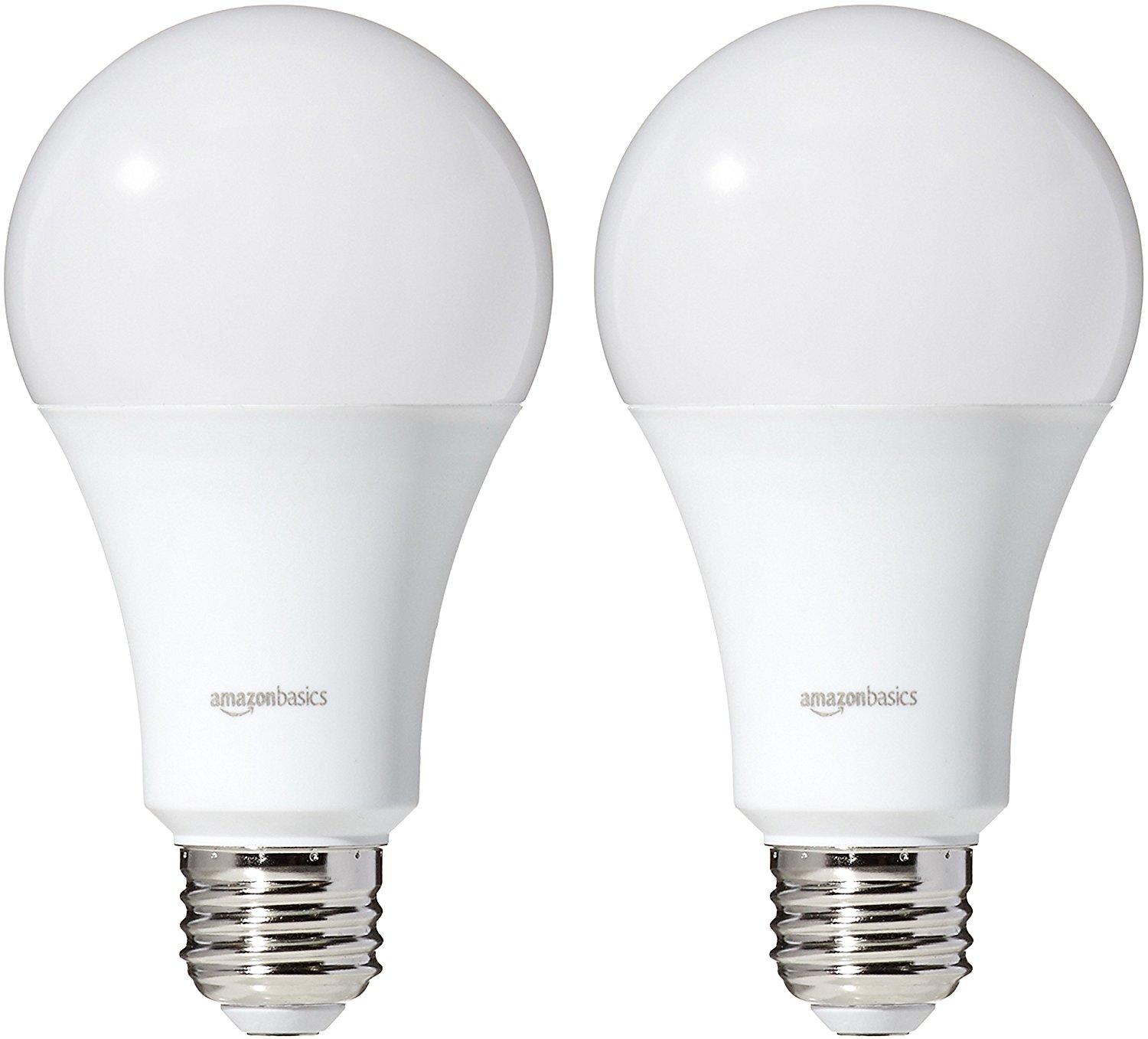
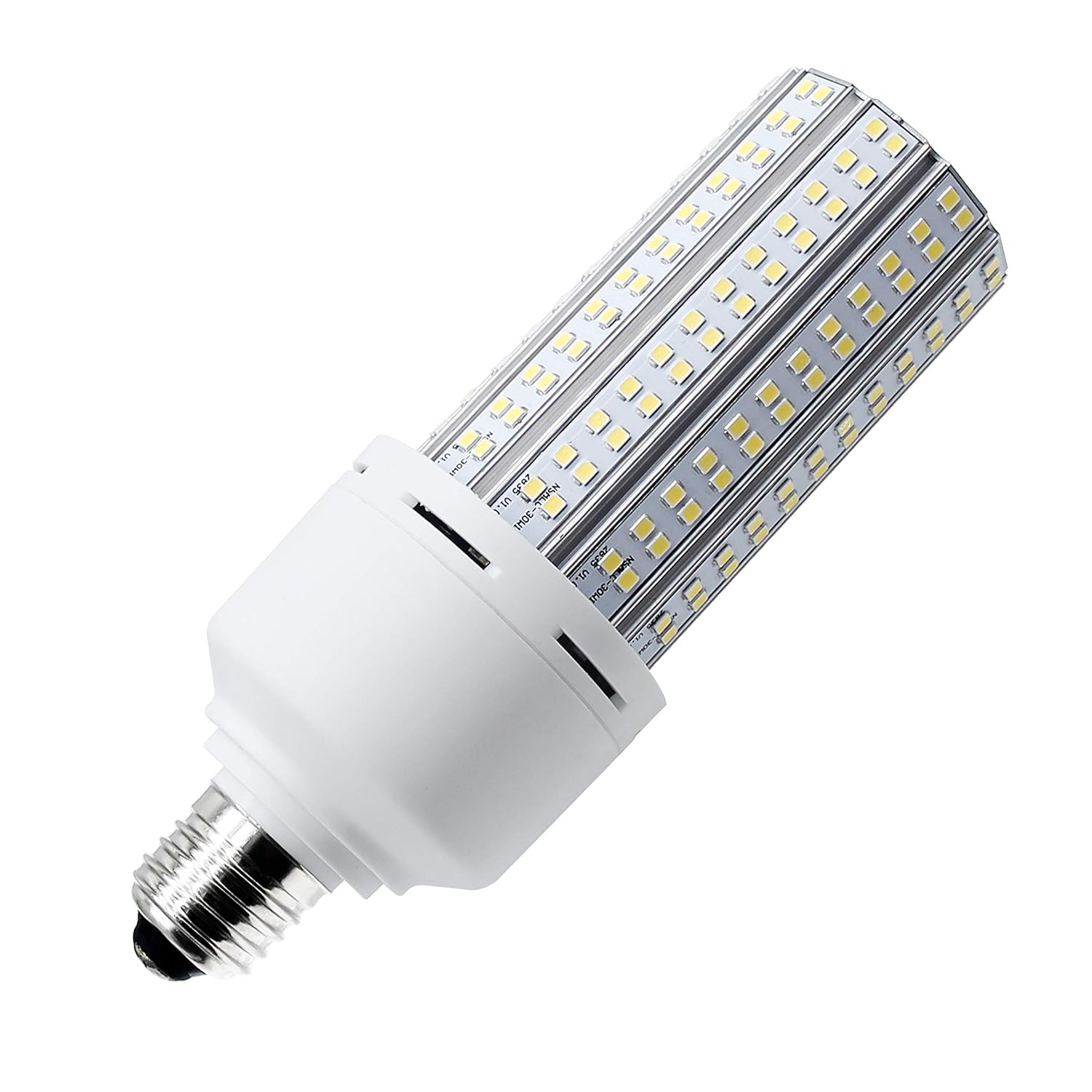
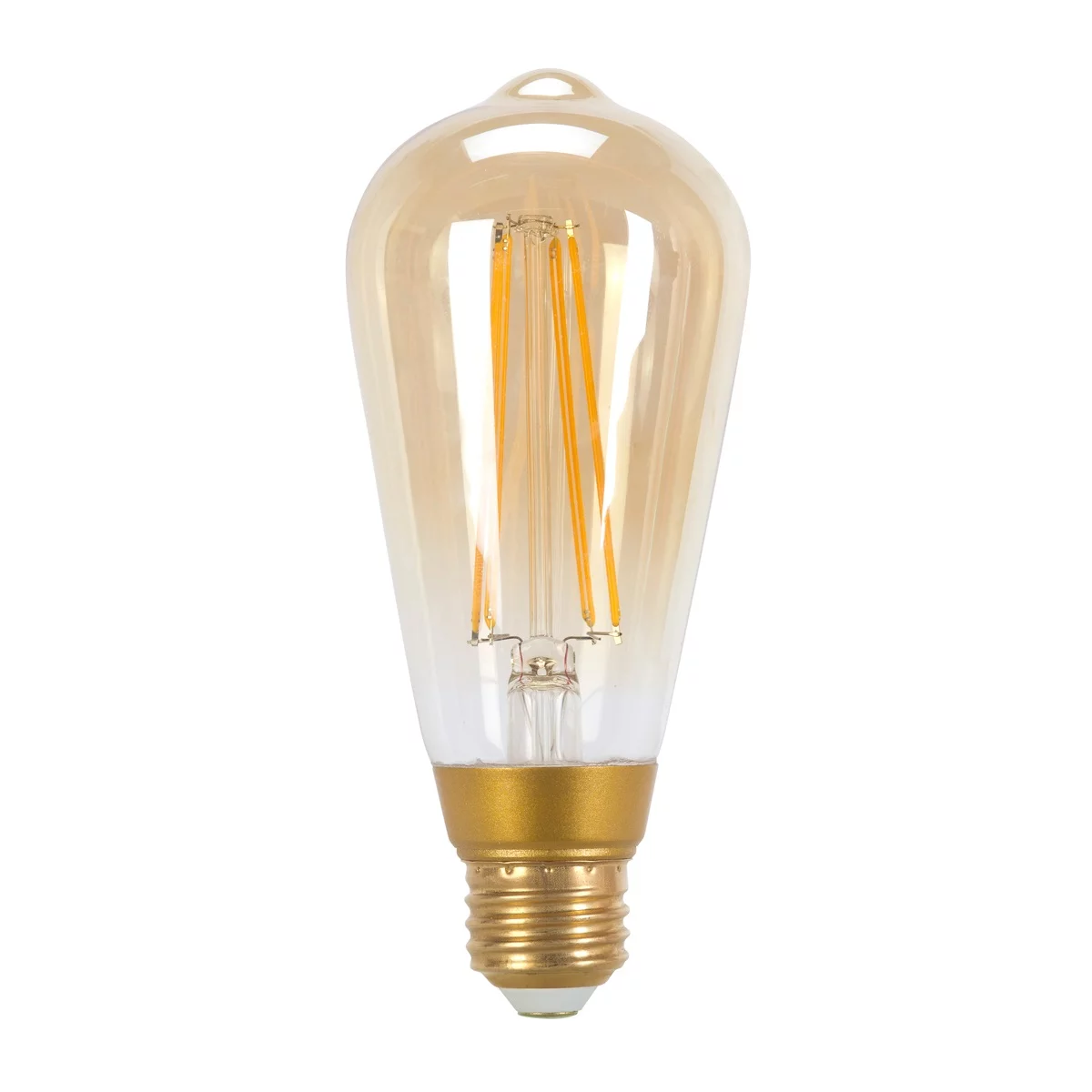
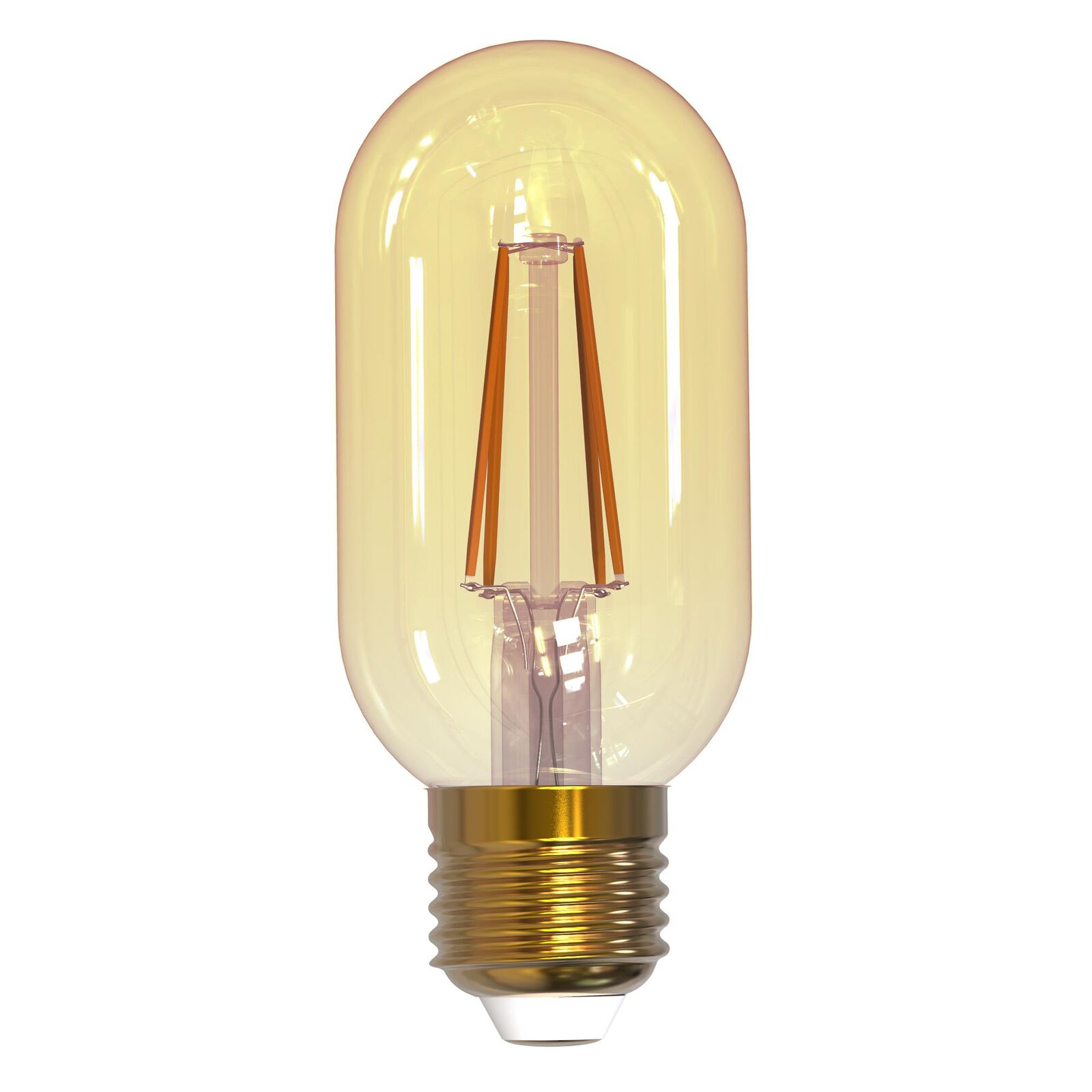

0 thoughts on “How Bright Is A 6-Watt LED Bulb”